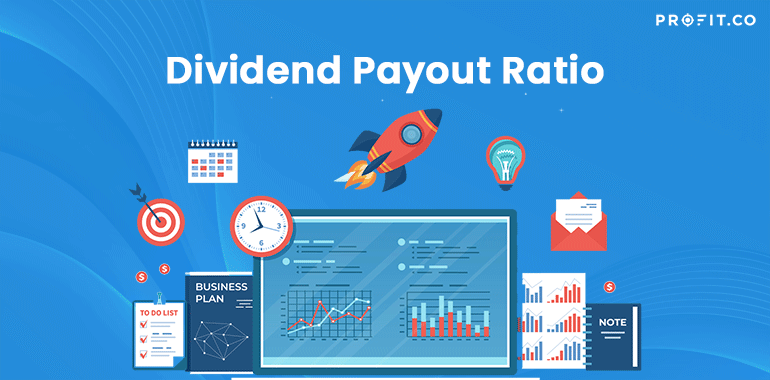The DPR (Dividend Payout Ratio) is the dividend amount that has been given to shareholders as payment – and which is in direct relation with the net income amount generated by the company in question. Simply put, the dividend payout ratio is the unit measuring the net income percentage – and which will be paid to the shareholders as dividends.
Investors are generally very careful when it comes to the dividend – mainly because they all want to know if the net income generated is suitable enough for the investor. The higher the percentage, the more prosperous the company is. For instance, if the company has just started up – or is a tech company – the chances are that they will not give any dividends in the beginning.
Take, for example, Apple. This company may have started off in 1970, but it only started giving dividends in 2012. On the other hand, some companies pay unreasonably high dividends in an attempt to grab the investor’s interest. However, most investors will realize that the company will require money for operating and that therefore, the ratio cannot be sustained for very long.
The Formula for Dividend Payout Ratio
To calculate the dividend payout ratio, you need to divide the total dividends of the company against the company’s income. As a result, the formula will look something like this:
This formula will provide an average dividend ratio which will eventually appear on the financial statements – along with the income and the total dividends. Another way of calculating the DPR is by working with a “share system” – ergo by taking the dividends per share and dividing them by the earnings resulted per share.
This will be core complicated to obtain, mainly because you will have to calculate the dividends and earnings per each share. Both formulas, however, will provide the same answer – so you ought to choose the one that is more convenient for you – data-wise.
Analysis of DPR
The DPR analysis is one of the most important stages of managing a company – mainly because every investor needs to see a stream of dividends that can be sustained. The dividend trend does not have to be low or high; it can be consistent – but steady and secure.
Generally speaking, investors are attracted in steady trends mainly because they seem trustworthy. For example, if a company has had a DPR ratio of 15% in the last two years, they can assume that this ratio will also be present in the two years to come.
A change in dividends can sound the alarm for investors as well. For example, if the ratio has 1% less each following year compared to the previous year, it means that it no longer has the money to pay the dividends. This could indicate that the company is operating poorly.
The Dividend Payout Ratio is crucial for a better understanding of the company – which is why every shareholder and investor needs to understand its purpose. Look for steady trends.
